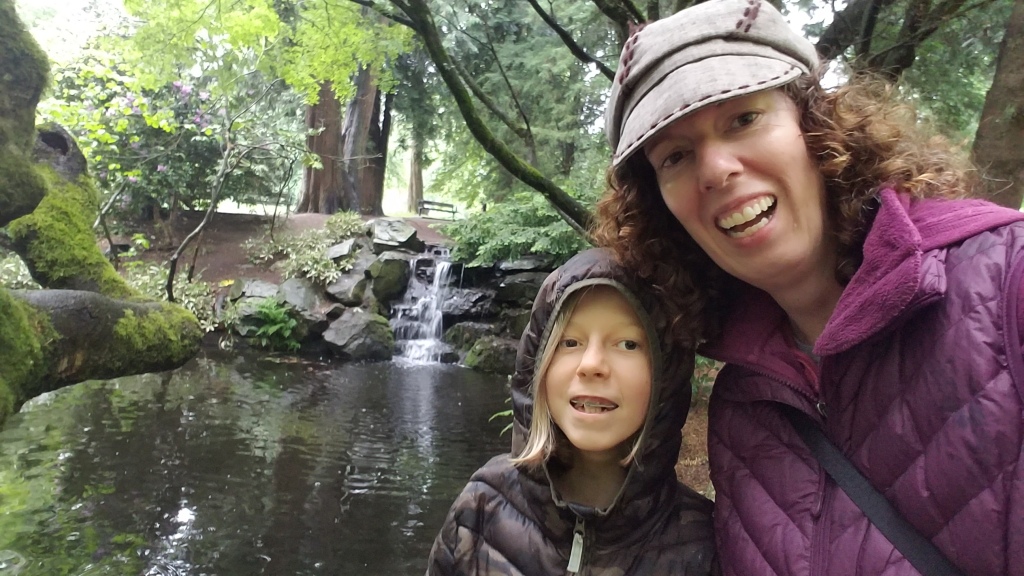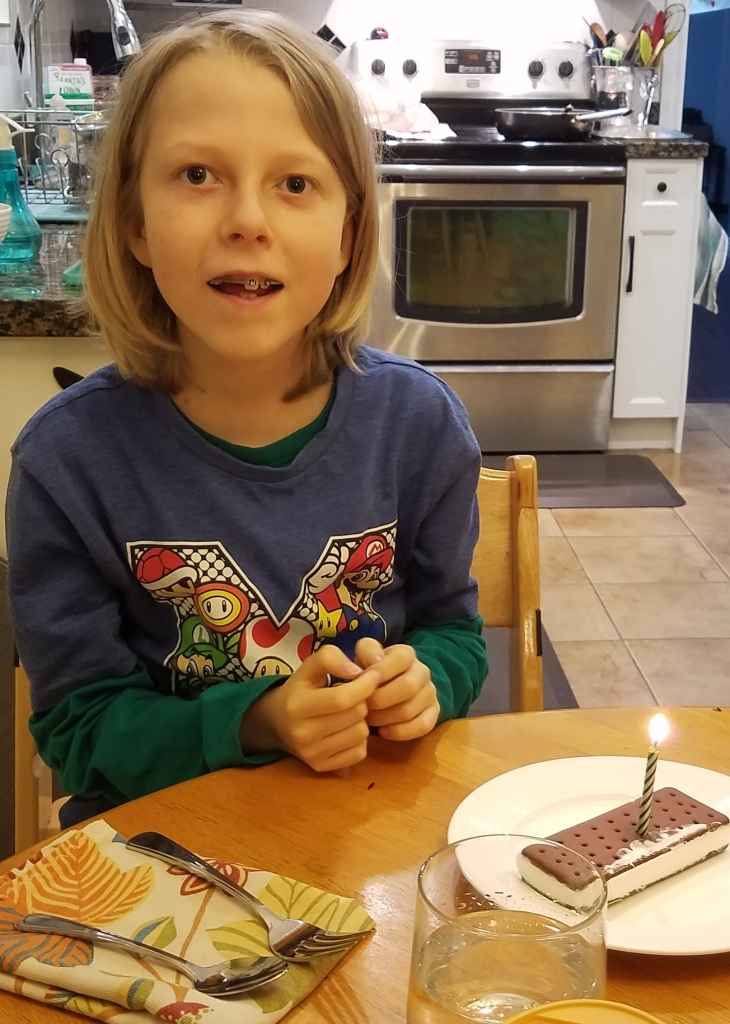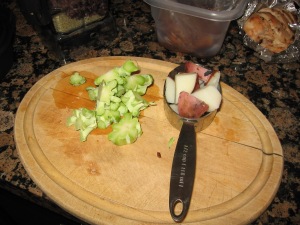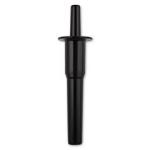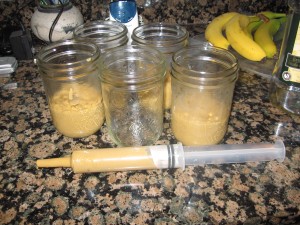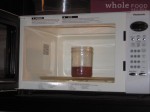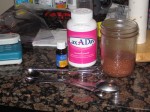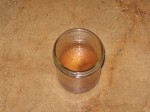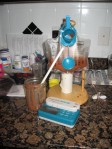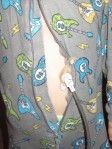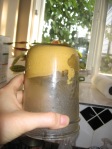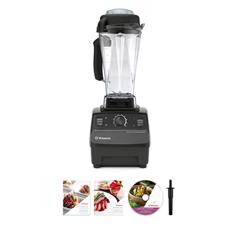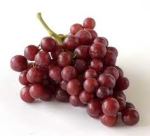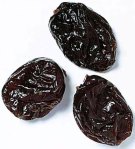
Tuesday, February 8th
There are long-term consequences to malnutrition and being undernourished. For some people, there wouldn’t be life without tube feeding, but for others they would continually struggle with malnutrition. Tube feeding makes it possible for people who aren’t able to eat enough on their own to get the nutrition they need to live.
Henry’s food button keeps him alive. It’s as simple as that. When he was younger I used to question myself constantly… should we have gotten his tube? Would he have eaten on his own eventually? Did we make it so he doesn’t eat? These questions and more would loop through my mind on a continuous feed, sometimes in the front of my mind, other times as a lurking niggle hiding in the background. But always there.
Now it’s easy for me to say – no food button = no Henry. I’m not meaning to sound dramatic (although I question writing it as it sounds dramatic to me). For me, it’s one of those “simple… not easy” statements. A few decades ago, when feeding tubes weren’t so common, and certainly weren’t common outside of a hospital setting, our lives would have looked very different.
It goes without saying we are thankful for his feeding tube. If you didn’t know us and you saw the kids playing at the park… other than perhaps noticing that he looks a little different running, you probably wouldn’t take a second look. His food button is a big part of what enables him to grow and thrive.
I won’t lie – I have moments where I feel completely overwhelmed. Those moments are fewer and farther between than they used to be. And now there more likely to be about his tween-ness, than his feeding tube.
For Henry we (read “I”) chose to do a homemade blenderized diet. When we first started all this I hated feeding him formula from a can. It either looked like a chocolate milk shake or powdered sugar, depending on the brand. It didn’t seem like “real” food to me. That’s a judgement, I know that, and it speaks more to my feelings of inadequacy than to the nutritional content of commercial tube feeding formulas. I couldn’t even feed my own baby… and that really triggered me. I made it mean there was something wrong with me; I clearly wasn’t good enough; and there would never be enough I could do to make up for it. These thoughts still live inside me, and thanks to the help of brilliant therapists, I’m better noticing and reality checking them when they take up too much space.
We continued with homemade blended meals because it turned out that Henry has several food sensitivities that made typical commercial formulas not work for him. It was a game changer when we started blending his meals. It was almost 11 years ago and I still remember the difference clearly. He went from meals that took at least 45 minutes, frequent vomiting and us walking on eggshells, to thriving, eating more and feeling better. We no longer struggle so much with the “what” and “how much” of his meals. Sometimes he eats too much and gets a tummy ache, but gone are (most) of my anxieties around him not eating enough. “The Homemade Blended Formula Handbook” by Marsha Dunn Klein, was a HUGE resource, and continues to be my number one recommendation for people wanting help getting started.
Trusting and consent around his body are big ideas we are working with currently. Years of holding him down, against his will, “for his own good”, listening to him scream as we changed his food button or other such intervention, has left a lasting impact on his trust and feelings of body autonomy. Now we talk. And talk. And talk some more. Now it may take 8 months to change his food button that’s meant to be changed every 3 months. But it’s his call. It’s his determination, stubbornness, tenacity and will that decides when and how things get done. It’s not easy… for any of us. It’s a radical shift in how things used to be, and it pushes us all to our perceived limits at times. And it works, because we all grow a little more each time we navigate it together.
What I do know is that thanks to his feeding tube Henry eats WAY more nutritionally balanced meals than my other son (9 years old… processed meat & raw veggies please!). Henry’s meals provide the nutrition he needs to thrive… and that’s all this mama can ask for!
